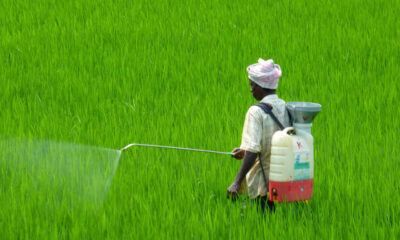Ahmedabad to Somnath in Just 4 Hours: Gujarat’s ₹93,000 Crore Expressway Plan Set to Transform Connectivity
Gujarat is poised for a massive infrastructure leap, with two major expressway projects—the Namo Shakti Expressway and the Somnath-Dwarka Expressway—set to redefine connectivity, tourism, and industrial development in the state. Spanning over 1,110 kilometres across 13 districts, the high-speed corridors will bring more than 45% of Gujarat’s population within close reach of rapid transit routes, slashing travel times and boosting regional growth.
Announced in the 2025-26 state budget, the two expressways will cost a combined ₹93,240 crore, with construction expected to be completed within three years. These roadways are being developed under the aegis of the Gujarat State Road Development Corporation (GSRDC) and will be built using public-private partnership (PPP) models or innovative contracting methods.
Four Hours from Ahmedabad to Somnath
The most headline-grabbing feature of the project is that travel time between Ahmedabad and Somnath—a popular pilgrimage and tourism route—will be reduced to just four hours from the current seven to eight. The Somnath-Dwarka Expressway, costing ₹57,120 crore, will consist of three major stretches:
- Ahmedabad to Rajkot
- Rajkot to Porbandar
- Jetpur to Somnath
This expressway alone will cut travel time by over 30%, offering seamless movement across central and coastal Gujarat. It will greatly improve connectivity between Ahmedabad, Rajkot, Porbandar, Dwarka, and Somnath, all key economic and religious centers.
Namo Shakti Expressway: The North-South Artery
The second major road, the Namo Shakti Expressway, will cost around ₹36,120 crore. It will boost connectivity in Gujarat’s north-south corridor, supporting hinterland logistics, industrial transport, and access to major ports. Together, the two expressways will touch key districts like Amreli, Botad, Surendranagar, Patan, Banaskantha, Morbi, Jamnagar, Junagadh, and Gir Somnath, making all district headquarters accessible within an hour of the highways.
Economic, Industrial, and Ecological Balance
The projects aim not only to improve travel times but also to boost Gujarat’s industrial and tourism sectors. High-speed links to ports and special investment regions like Mandal SIR, Bavla, Sanand, Rajkot-Shapar, Porbandar-Kodinar, and Dholera will facilitate easier movement of goods and raw materials, enhancing productivity and attracting new investments.
Tourist destinations such as Ambaji, Dharoi, Polo Forest, Modhera, and Bechraji will also become more accessible, making Gujarat a more attractive travel destination.
To maintain ecological balance, the expressways will include wildlife underpasses and overpasses for safe animal crossings, especially in forested or protected zones. This is in line with modern infrastructure planning that seeks to combine growth with environmental responsibility.
Modern Facilities and Seamless Travel
Both expressways will feature around 42 interchanges to enhance regional linkages. Additionally, wayside amenities will be set up every 50 km, offering:
- Restrooms
- Parking for heavy and light vehicles
- Food and beverage outlets
- Fuel stations
- Emergency medical care
This user-centric approach is expected to reduce fatigue for long-distance travelers and support logistics and freight transport with better infrastructure.
What’s Next
The GSRDC is currently finalising route alignments, after which tenders will be floated—likely within the next six months. Once contracts are awarded, construction is expected to wrap up in 36 months. A high-level meeting chaired by the Chief Minister has already reviewed project plans and urged early commencement of groundwork.
In all, these expressways represent a transformational upgrade for Gujarat’s infrastructure, promising faster, cleaner, and more efficient travel while stimulating economic and social development across the state.
IT.




























